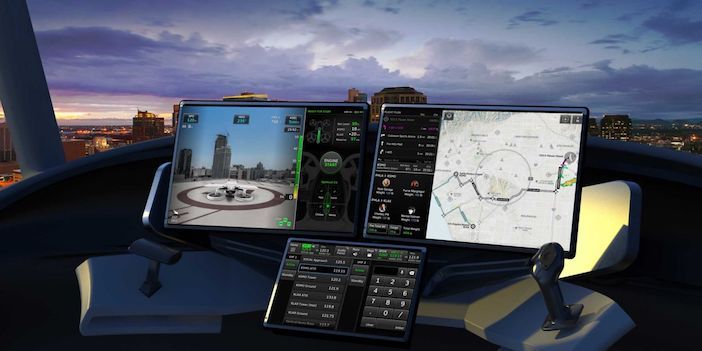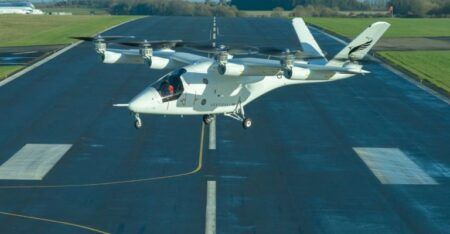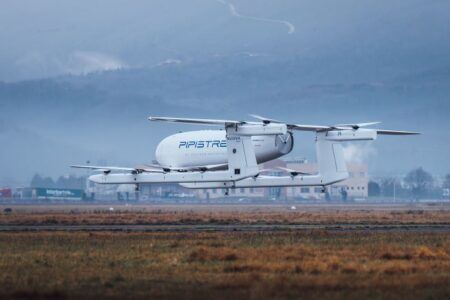A new R&D laboratory built by Honeywell at its Deer Valley site in Phoenix Arizona has been equipped to test the latest and future avionics systems for unmanned aircraft.
The laboratory, which has been set up to resemble a conceptual UAM (urban air mobility) vehicle flight deck with real hardware, is the first of its kind to demonstrate actual fly-by-wire controls and vehicle avionics integrated in a lab setting according to the aerospace engineering company.
It will be used to develop, test and demonstrate avionics technology aimed at simplifying the operations of unmanned aerial systems (UAS).
Stéphane Fymat, vice president and general manager, UAS/UAM at Honeywell Aerospace said, “With the influx of new UAM vehicles taking to the skies in the coming years, we’re seeing a growing need for operators to test real-world technology in a lab setting. It is essential that these vehicles are as intuitive as possible and that we have a dedicated space to ensure our systems make that a reality.
“With this new lab we can fully simulate real vehicle functionality with real hardware for our customers, which will cut back on costly flight test hours and help them reach their goal of attaining simplified vehicle operations.”
The concept of simplified vehicle operations (SVO), combines automation and human factors best practices with the goal of reducing the amount of knowledge an operator must have to safely fly an aircraft.
The laboratory has been configured to look like the front end of an aircraft, with one seat situated in front of a primary display with three additional large wraparound displays to view the simulated outside environment around the aircraft. It has hardware typically seen in a traditional aircraft cockpit and Honeywell’s Compact Fly-by-Wire System acts as the brains of the operation, with flight routes and actual control laws built into the software, so the simulated vehicle will operate the same way it would in the real world.
A control stick is used to fly a digital version of their aircraft through a high-resolution model of a city. Computers and actuators mounted on nearby workbenches adapt in real time to pilot inputs, winds and thermals, and simulated hazards.





